Digital Signature
How Does a Digital Signature Work?
A digital signature relies on asymmetric cryptography. The process involves:
- Creating a Document Hash: A cryptographic algorithm generates a unique hash (digest) of the document.
- Encrypting the Hash: The hash is encrypted with the sender’s private key, creating the digital signature.
- Attaching the Signature to the Document: The digital signature is attached to the document.
- Verifying the Signature: The recipient decrypts the signature using the sender’s public key and compares the generated hash with the received one.
Types of Digital Signatures
Digital signatures are categorized into three main types: simple, advanced, and qualified.
Simple Signature:
Electronic data associated with other electronic data used as a signature is considered a simple electronic signature. An example of this type of signature is identifying information such as a name included in an email footer. Simple signatures have the lowest level of content verification.
Advanced Signature:
An advanced electronic signature meets the following requirements:
- It is uniquely linked to the signatory.
- It allows the identification of the signatory.
- It is created using electronic signature creation data that the signatory can use under their sole control.
- It is linked to the signed data in such a way that any subsequent change in the data is detectable.
These features of the advanced electronic signature ensure the identity of the person signing the document and enable the detection of any changes to the document’s content after it has been signed.
Qualified Signature:
A qualified electronic signature is an advanced electronic signature created using a special device and based on a qualified certificate. It offers the highest level of security and unequivocally identifies the signatory, whose identity has been verified by a qualified trust service provider.
According to Article 781 § 2 of the Civil Code, a qualified electronic signature has the same legal effect as a handwritten signature, meaning documents signed this way are equivalent to those in traditional written form.
Applications of Digital Signatures
Digital signatures are widely used in various fields:
- Business and Commerce: Signing contracts, invoicing, verifying customer identities, and ensuring document integrity.
- Public Administration: E-services, submitting tax returns, applying for documents, participating in public tenders.
- Financial Sector: Authorizing transactions, managing accounts, and communicating with customers.
- Education: Verifying diplomas, certificates, and other educational documents.
Summary
Digital signatures ensure the security, authenticity, and integrity of electronic documents, available in three types: simple, advanced, and qualified. Due to legal regulations and increasing awareness, digital signatures are becoming more prevalent and indispensable in many areas of life.
